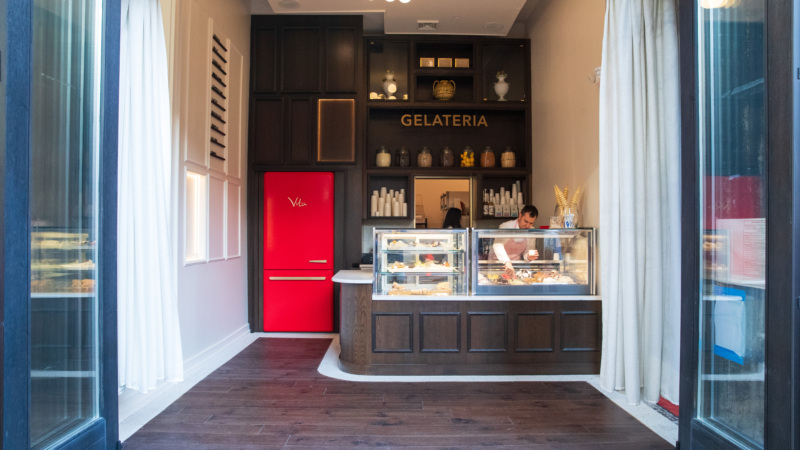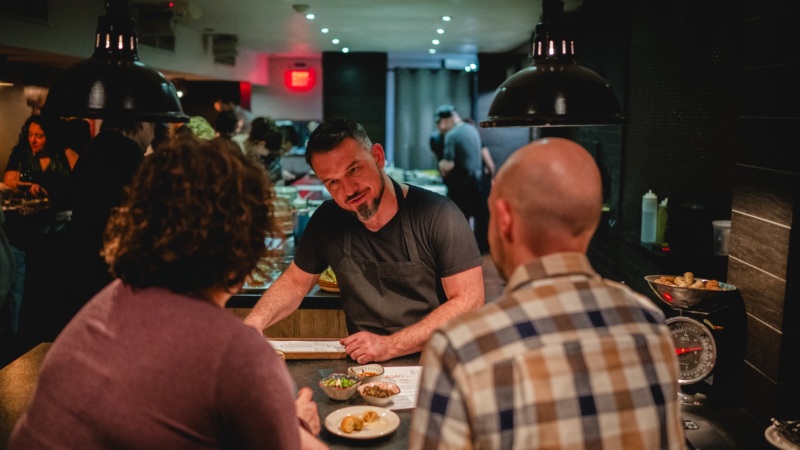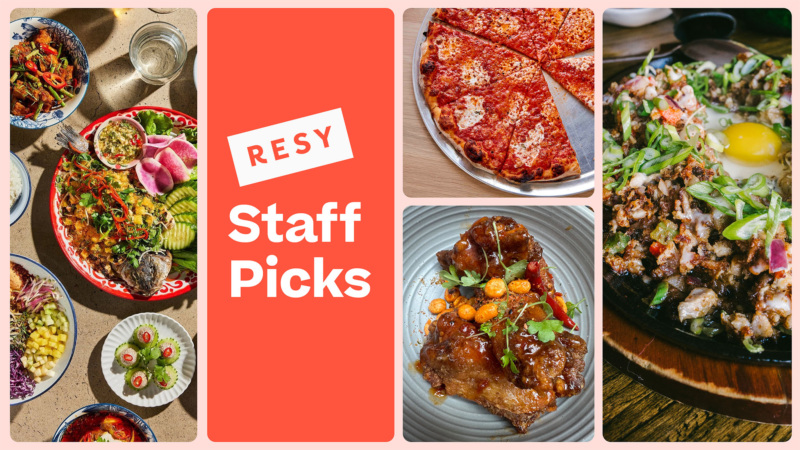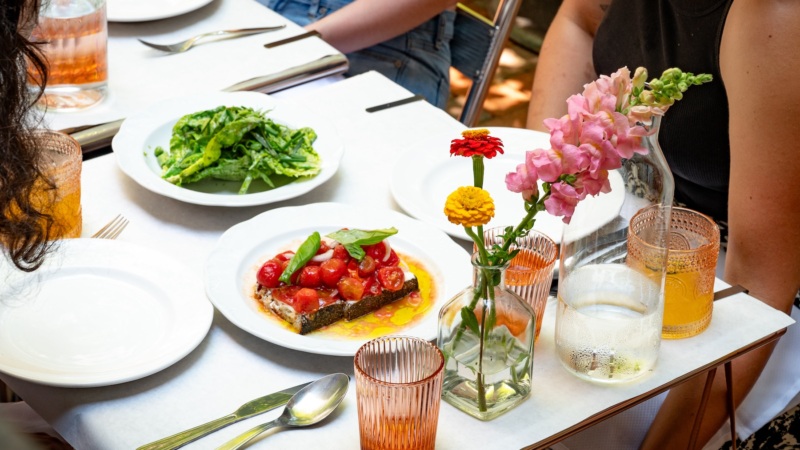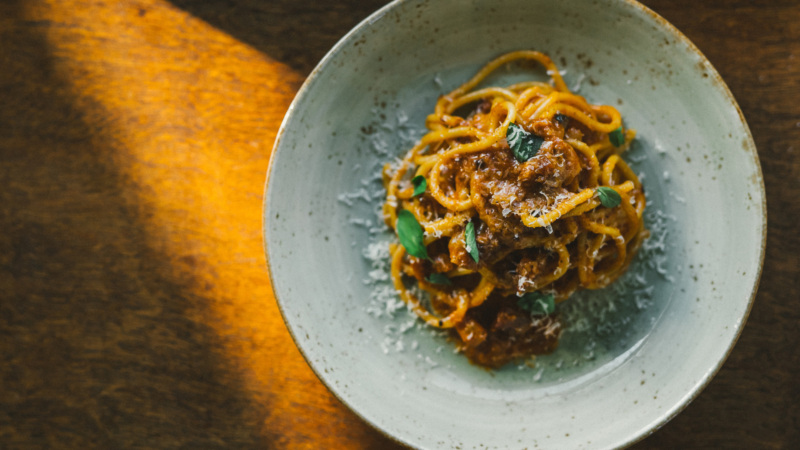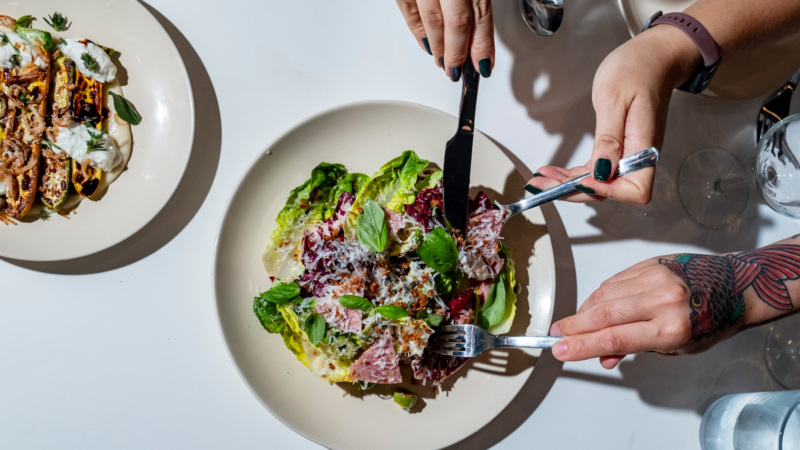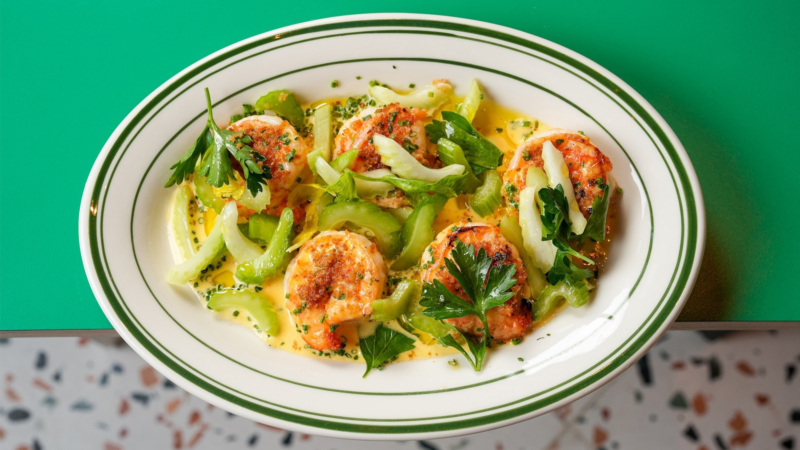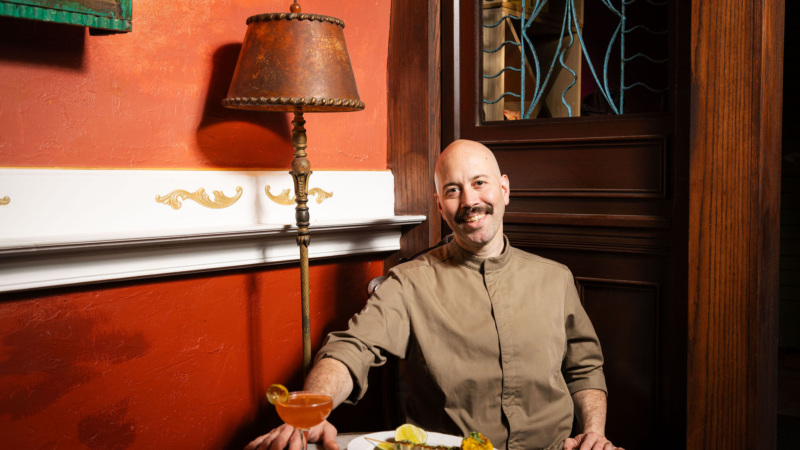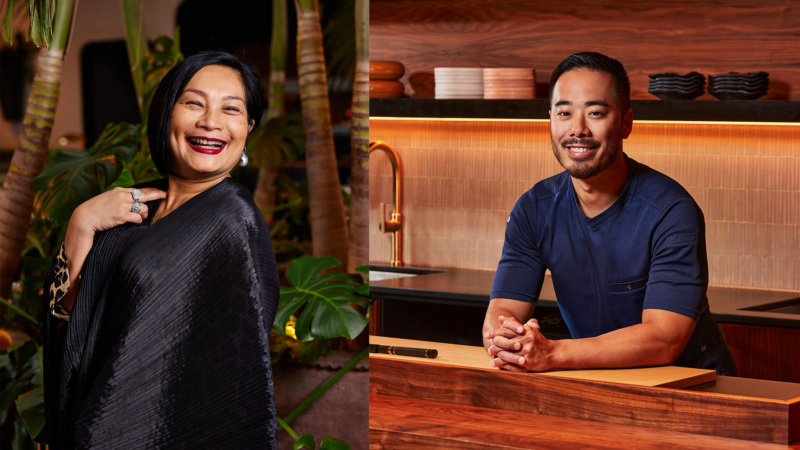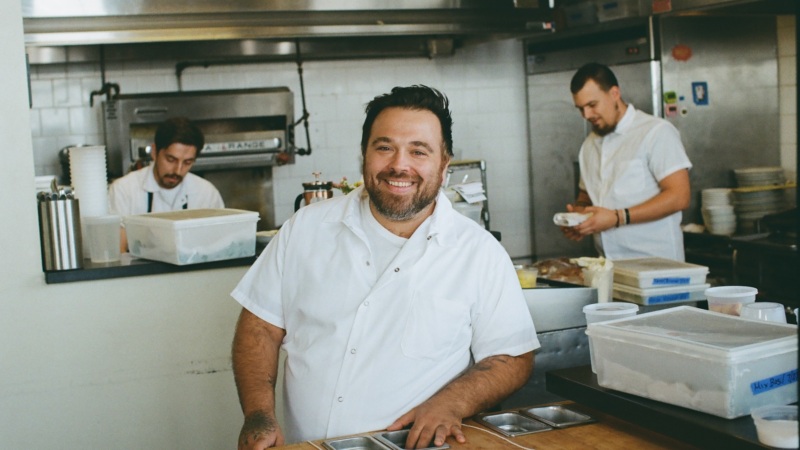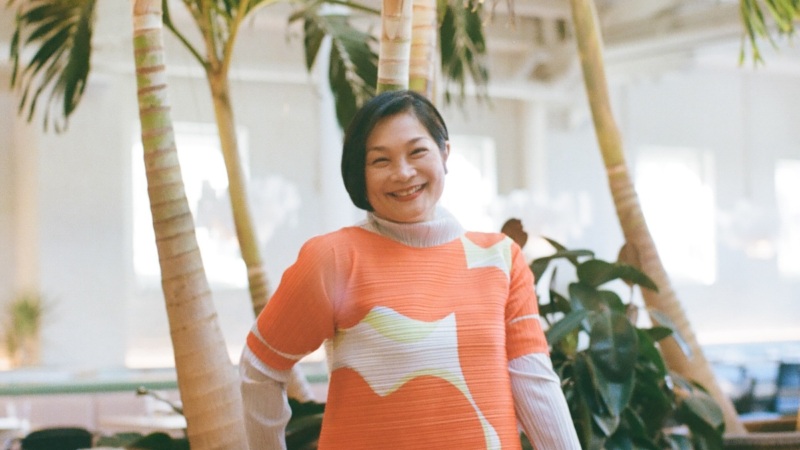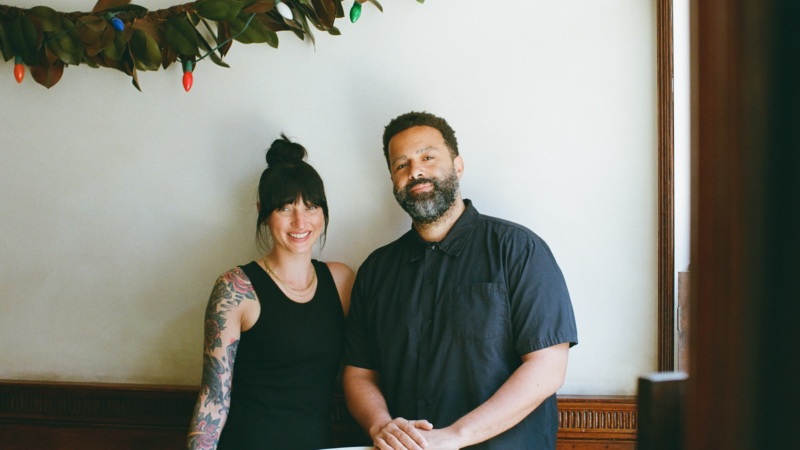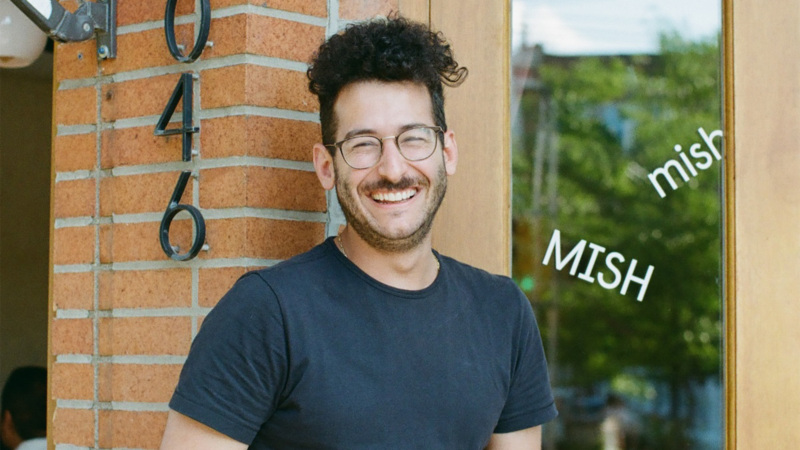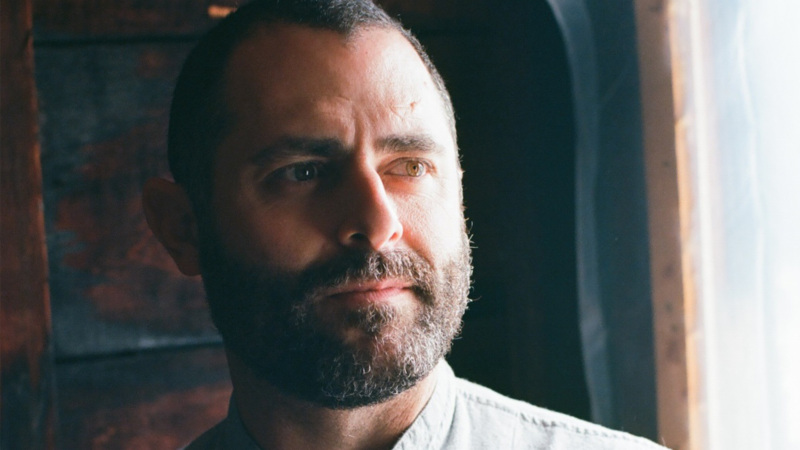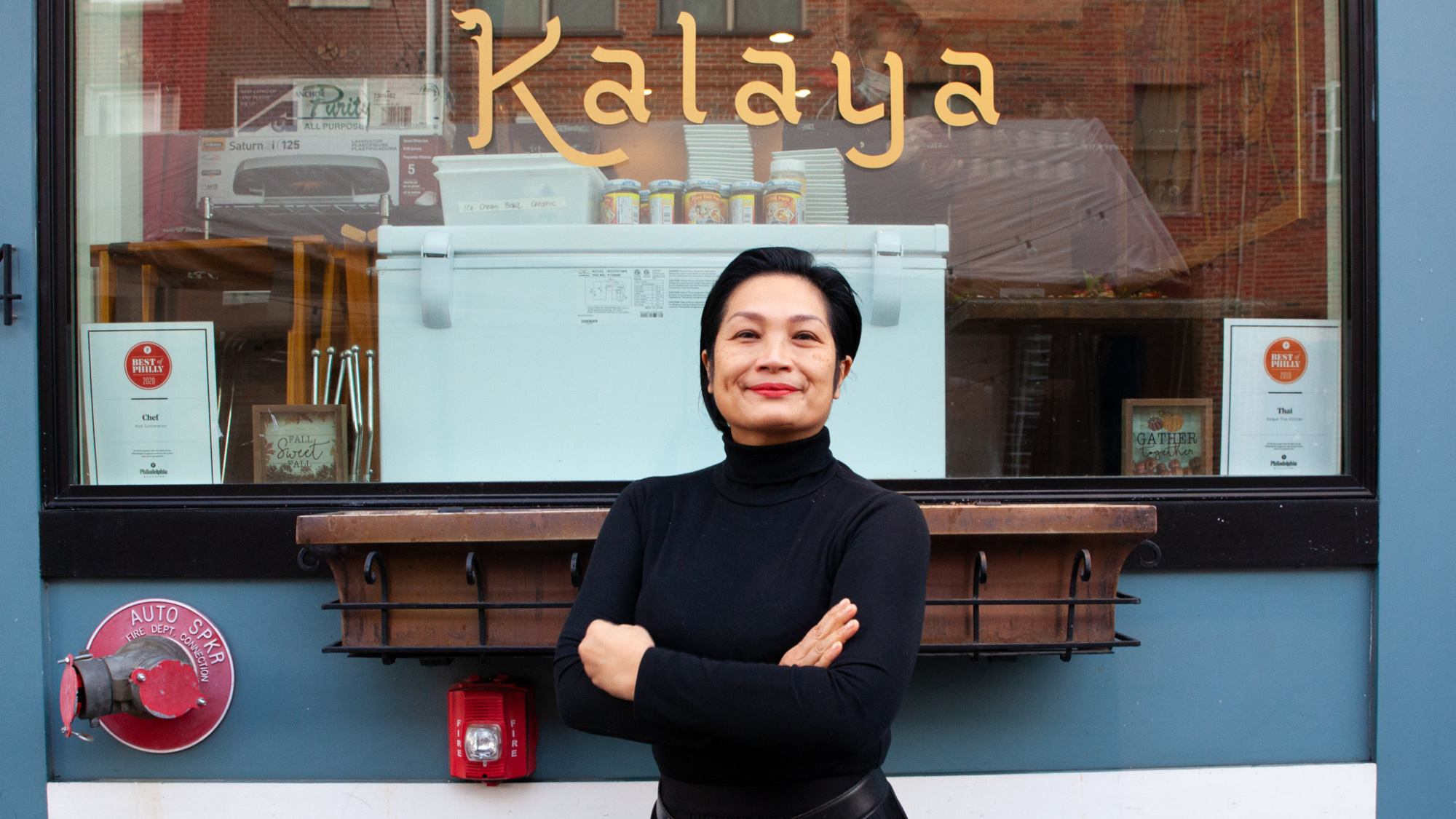
Kalaya’s Chutatip “Nok” Suntaranon Wants You to Understand Real Thai Food
My first meal at Kalaya started with shaw muang, ornate dumplings shaped like flowers and tinged blue with butterfly pea flower to look like the violet blooms for which they are named. For weeks, my Instagram feed was flooded with images of these intricate dumplings, and even though I had seen them before and read about them in various outlets around Philadelphia, I was still pleasantly surprised to see them in real life.
After all of my research on this little Thai restaurant tucked away in the heart of Philadelphia’s Italian Market, I thought I knew what a visit to Kalaya would entail. But after a bite into one of those delicate dumplings, filled with spiced ground chicken, I realized that nothing could have prepared me. This was a restaurant that, in order to really get it, you had to experience for yourself.
It turns out a lot of people want to experience Kalaya. Open for just two years, it has become an integral part of Philadelphia’s dining community — recognized as one of the country’s best new restaurants by Food & Wine, nominated this year for a James Beard award for best new restaurant (though no official winners were announced in 2020), and most recently, vaulting to the top of Esquire’s 2020 list of the best new restaurants in America.
In part, that’s because, as much as we often think about restaurants as guided by concepts or themes, you simply don’t go into Kalaya with preconceived notions of what Thai food is. “Kalaya is about culture. It’s about authenticity. It’s about you coming to learn my cuisine,” says Chutatip “Nok” Suntaranon, Kalaya’s owner and chef. “It’s just like going to a museum to learn about Thailand. You come to Kalaya and you learn about food and how to eat real Thai food with us.”
Some of that lesson comes from a number of dishes on the menu that were borrowed from Royal Thai cuisine, a style of cooking historically reserved for Thailand’s royal court. Royal Thai cuisine isn’t as exclusive as it used to be, but it still requires a high level of skill to achieve its high culinary standards. Dishes considered Royal Thai use the highest quality ingredients, incorporate balanced flavors and textures — often less spicy or pungent than nuanced — and are conceived to be aesthetically pleasing. The blue shaw muang dumplings, each intricately hand-molded, is a perfect example of Royal Thai.
At the same time, Suntaranon’s cooking comes across as deeply personal — indeed, her view about Kalaya’s purpose comes from the restaurant having been a lifetime in the making, with much of its menu having roots in the Peranakan culinary traditions of Suntaranon’s family.
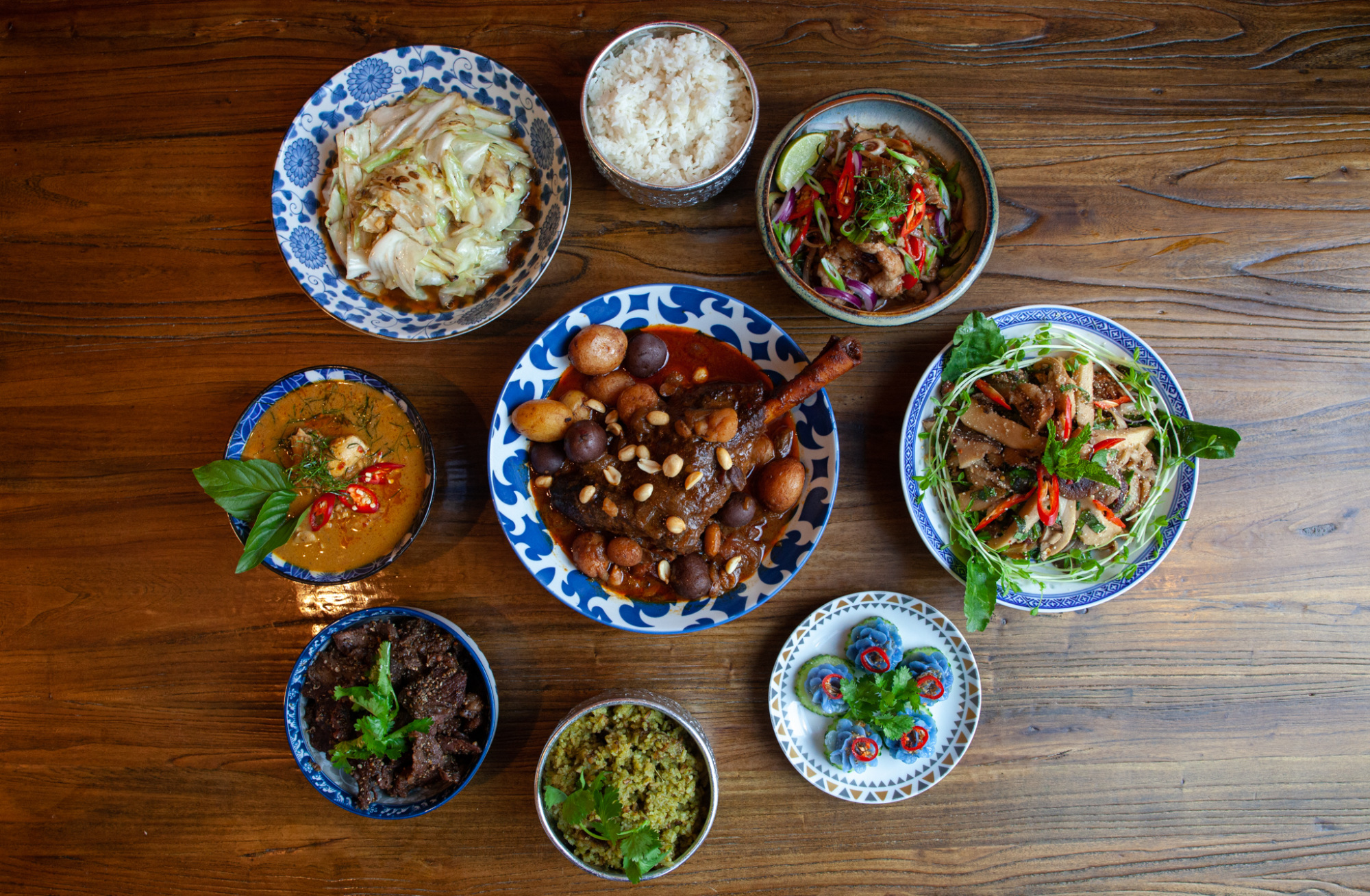
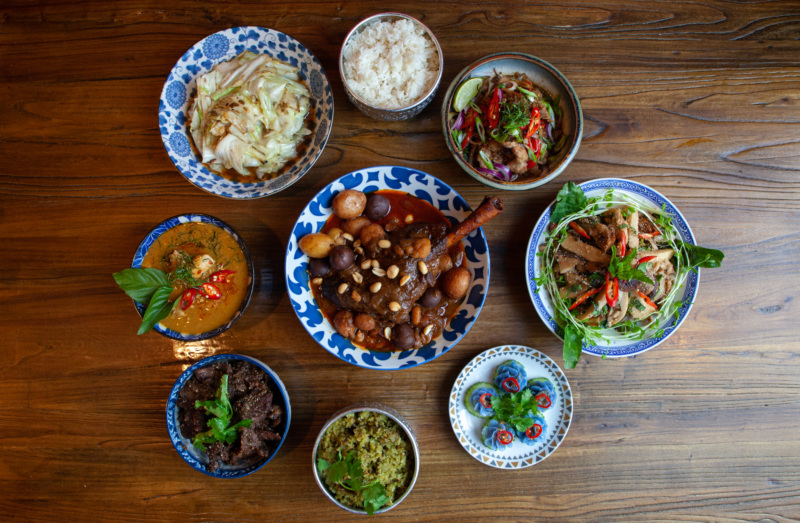
Suntaranon was raised around food. Her mother, Kalaya, after whom the restaurant is named, worked in a market selling Thai groceries like shrimp paste, garlic, chili, and other Thai pantry staples. “I grew up in the market,” says Suntaranon. After school, Suntaranon and her brothers worked together, forming an assembly line to make hand-pounded curry paste. “My brother would cut the root of the lemongrass, I’d peel it off, my other brother would put it in a bucket of water to clean it and then I would go to the machine and slice it.”
The Trang province, where she grew up, benefits from 119 kilometers of coastline, which allowed it to engage in foreign trade with countries across the Indian Ocean and beyond. As a result Indian, Indonesian, Malaysian, Laotian, and Chinese influences have found their way into southwestern Thai culture and cuisine. Khao yum, for example, is a vibrantly colored rice salad made with cabbage, pomelo, beansprouts, cucumber, long beans, carrot, mango, and lemongrass alongside dried shrimp, dried fish, chili flakes, and toasted coconut. These fresh Thai vegetables and herbs are then mixed with budoo dressing, a spiced fermented fish sauce that originates from Malaysian cuisine. Khao yum was a dish that Suntaranon’s mother sold in the market, and is a dish she now shares with diners at Kalaya. “It’s a beautiful dish,” says Suntaranon. “Any time I have [khao yum] it brings me back to the days that I was with her, helping her out in the market. It’s very important to me. It’s like having my mother with me.”
But Suntaranon has also breathed new life into dishes she describes as forgotten – those not served in restaurants in Thailand, and not prepared on a regular basis in Thai households. As a child, when Suntaranon wasn’t helping out at the market, she was reading old family cookbooks for fun. It was in one of those cookbooks where she first read about nua pad luk phak chee, a stir-fried beef with coriander seeds that is now one of Kalaya’s most requested dishes. According to Suntaranon, it was adapted from Indonesian cuisine, and dates back to when King Rama VII migrated with his family to Indonesia for a brief period in the late 1920’s.
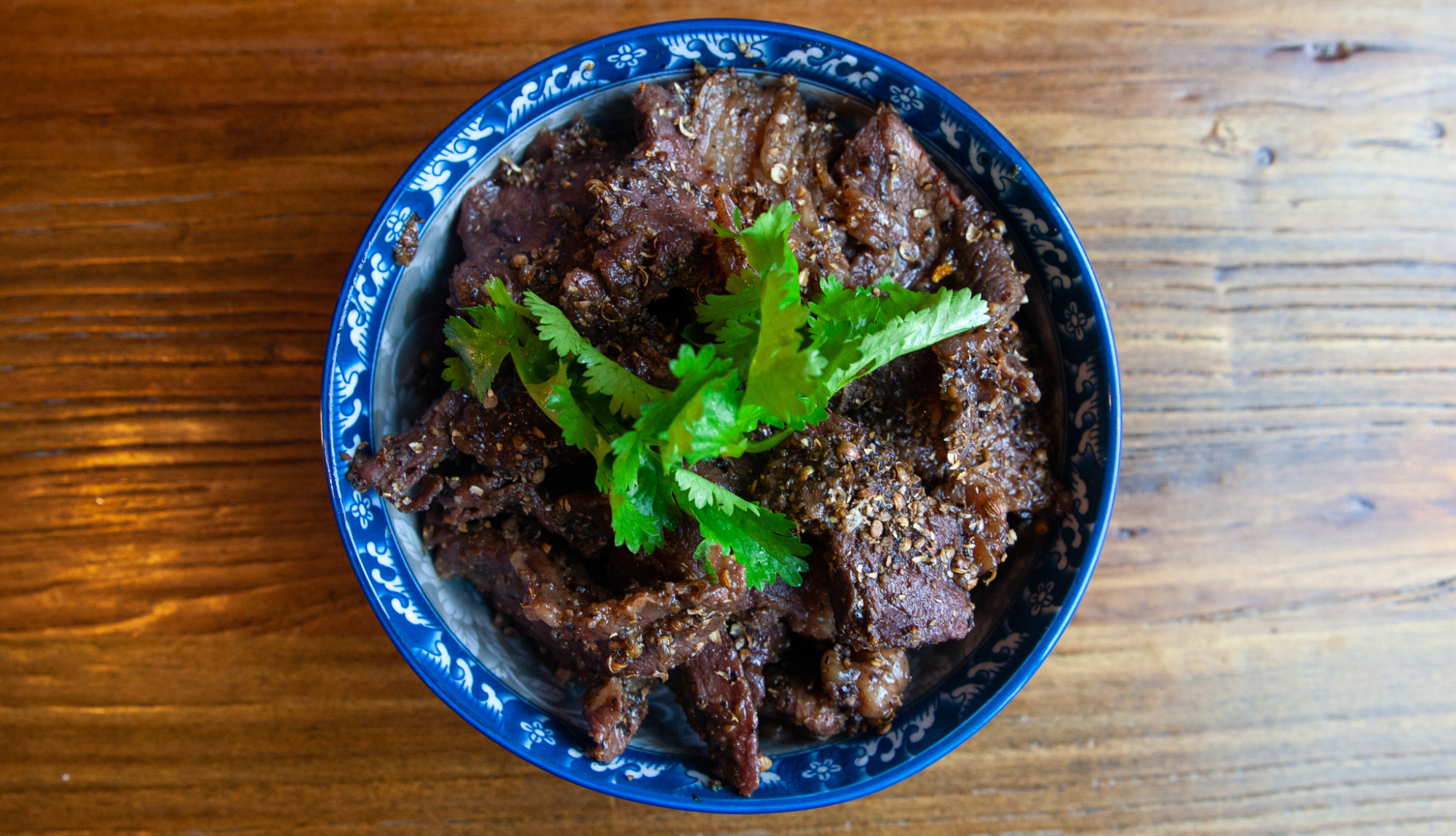
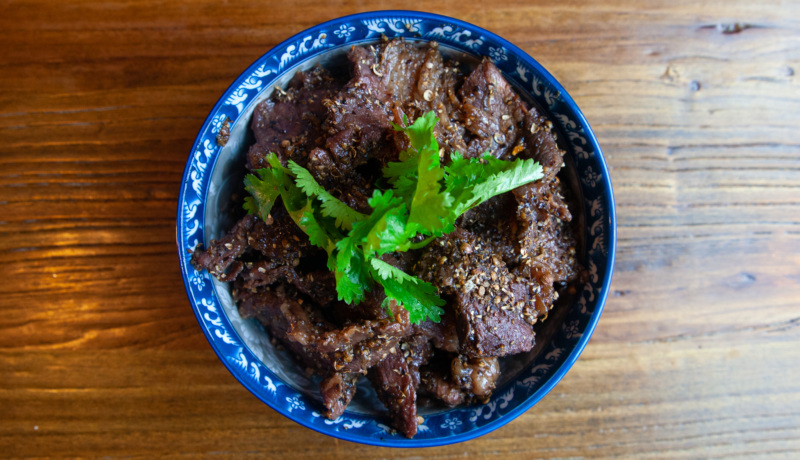
That Kalaya is serving up dishes unlikely to be found in other Philadelphia Thai restaurants — or even in restaurants in Thailand — can sometimes lead to confusion among customers. As witnessed, for instance, on a napkin pinned to a corkboard, which has a note from one customer who was seated and left abruptly. “I am sooo sorry,” it reads. “We didn’t check the menu before we came in. We just wanted some drunken noodles. XOXO. v. sorry.”
“People think they’re coming for takeout,” Suntaranon says. Some diners are not expecting regional favorites with threads back to Suntaranon’s upbringing. They’re not expecting Thai Royal specialties or “forgotten recipes.” This handful of diners expect to see pad Thai, pad see ew, drunken noodles, the usual Thai takeout repertoire. “It’s easier if I do pad Thai or pad see ew, because it’s cheaper. It doesn’t require a lot of labor,” she continues, “but that’s not what I think people should be eating in a fine-dining restaurant.”
▪️
For years, conversations over the cost of international cuisines being perceived lower than, say, French and Italian cuisines, have been circulating in the food industry and food media. And those perceptions seem to persist — at Kalaya as elsewhere. “Americans think Thai food should be cheap,” Suntaranon says. “But this is a craft. The food we are making here requires a very high level of skill.”
That skill, along with technique, time, labor, and effort are all invisible costs that factor into the food at Kalaya. The shaw muang dumplings, for example, one of the most popular items on the menu, have painfully slim profit margins. They’re tedious to make and because each dumpling is made by hand, the dish takes up a significant amount of time. According to Suntaranon, it takes two people two hours to make 100 dumplings, which comes out to about 20 servings. And after all of that work, Suntaranon says that out of 100 flower dumplings they make, only about 70 get sold because the rest break. And yet Suntaranon insists that the shaw muang are essential to educating diners about the depth and complexity of Thai cuisine.
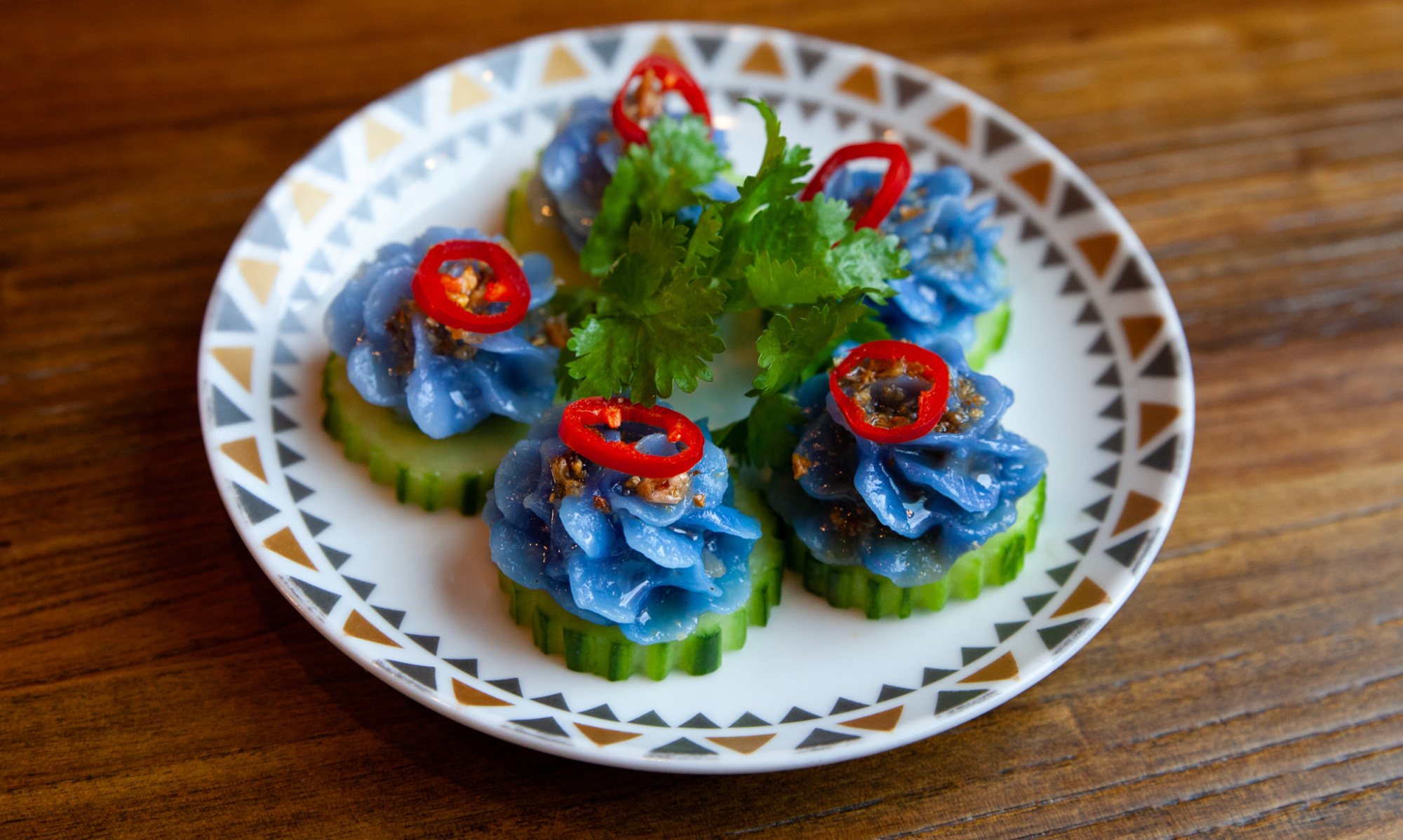
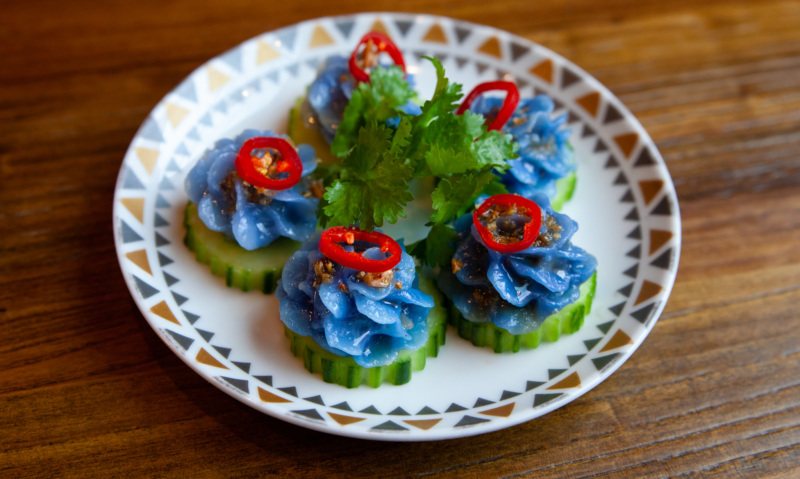
It’s not simply that Suntaranon wants to fine-tune the perception of Thai food, though. She also advocates for another term that has become much debated these days: authenticity. If you request to take the cilantro out of a dish, or swap the beef out for chicken, Suntaranon is not going to do it. “These are my family recipes, my recipes,” she says. “We stick to our authenticity.” It’s not that the team at Kalaya won’t listen to customer feedback; they read and consider every comment they get on social media and Yelp review. “If there’s a negative comment, I’ll screen-capture it and send it to my group, we discuss, and we see if there is something we can do better,” Suntaranon explains. “But in a certain way, we have our limit, and we don’t want to lose our integrity and our concept.”
▪️
Indeed, Suntaranon sees her role as being not simply a chef, but an educator — teaching people not just what Thai food, and especially her Thai food, is all about, but also how it should be eaten. She will not hesitate to come to your table and give you a one-on-one lesson. “Sometimes people order like three curries, and that’s not the way you eat Thai food,” says Suntaranon. “You order three curries, and of course it’s going to be too spicy because you don’t have anything to break it. You’re going to burn your tongue.”
So what is the right way to order? An ideal Kalaya meal involves a mixture of dishes. Suntaranon recommends a dumpling, a salad, a curry, a stir fry, and a side dish; the goal is to have a variety – a progression of heat and other flavors, rather than a spice onslaught. If there’s a dish you don’t like, Suntaranon says to let them know and they’ll give you something else to try. “All I’m asking is for you to be open-minded, and just accept that ethnic food” — her word — “is allowed to be served the way that it is. It doesn’t need to be altered.”
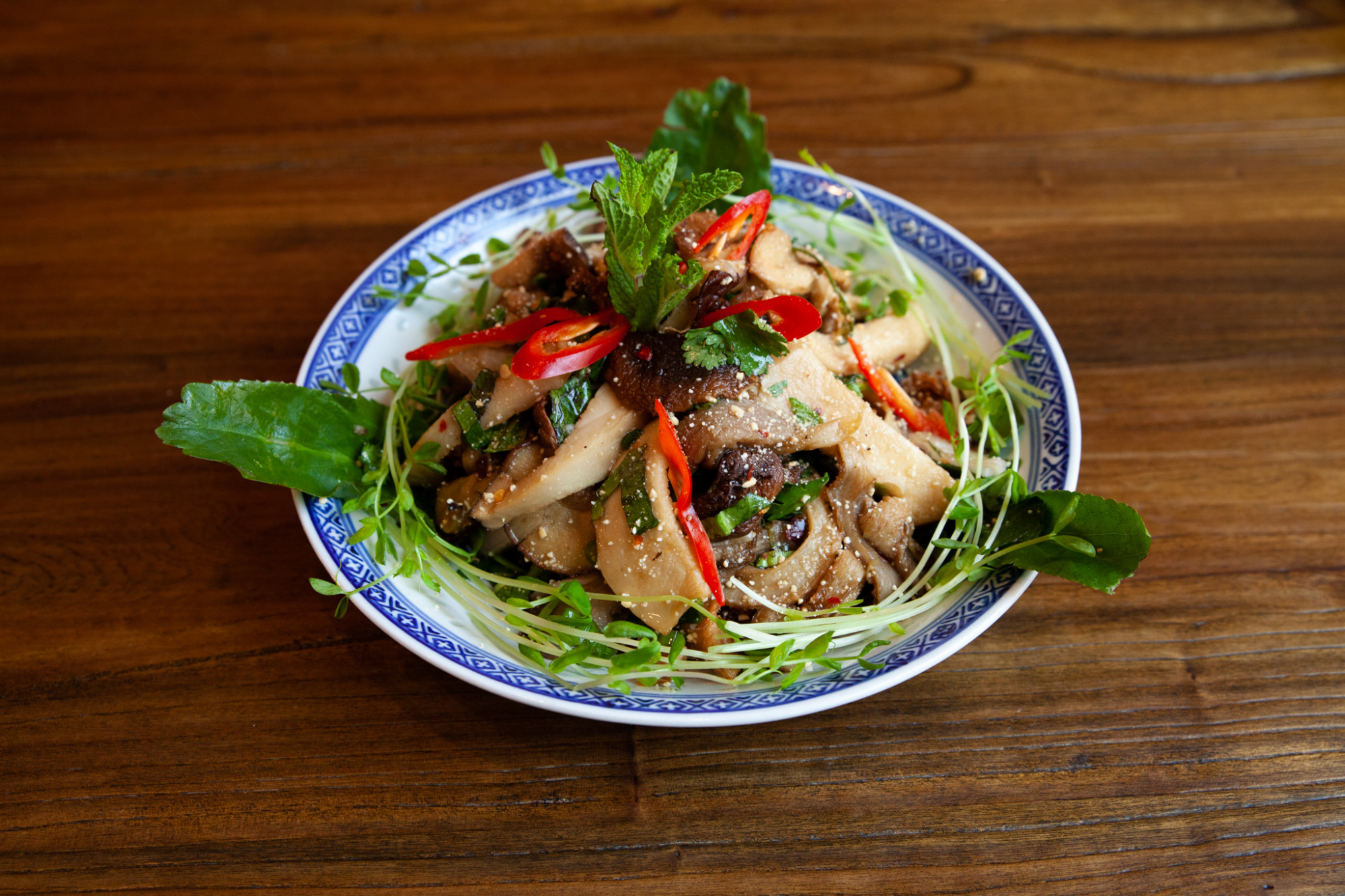
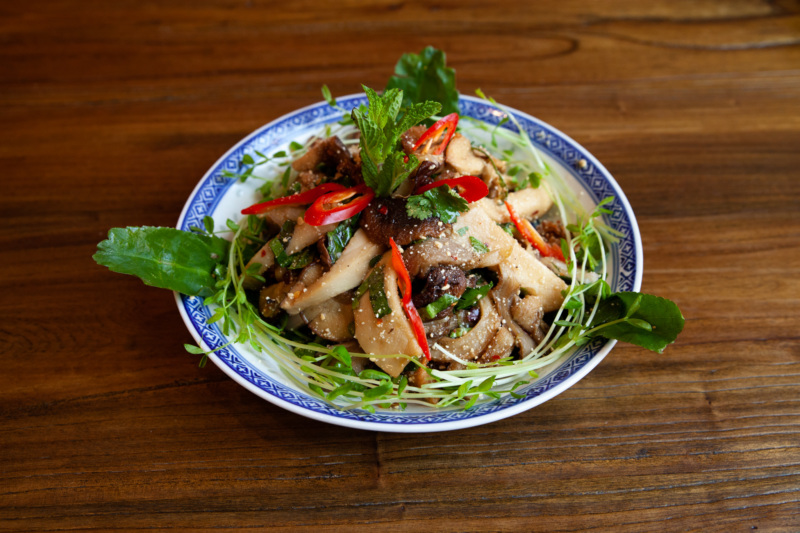
This matters to Suntaranon in part because she wants to maintain the integrity of her food, but also because she believes that perhaps it’s time for diners to learn about the nuances of Thai culture, especially her southwestern perspective growing up in Trang. “When I moved to America, I had to learn your culture. Nobody taught me. I just had to learn,” she says. “So why don’t you learn my culture, too?”
At the same time, she has immersed herself in Philadelphia life. When the pandemic caused businesses in the city to close their doors, she was one of the first to step up and offer free food to anyone in need. For three months, she prepared meals for donation, coordinated with other restaurants to give away what was in their kitchens before the food went bad, and participated in virtual events like the dinner to benefit chef Kurt Evans’ End Mass Incarceration initiative. She hosted pop-ups around the city all while keeping about 30 of her employees on payroll. And recently, Suntaranon opened Kalaya Thai Market, selling fresh groceries, takeaway meals, and allocating space for guest chefs to sell their food.
In other words, Suntaranon has not only adapted herself to our culture — she has found a way to contribute to the community, in a way that’s authentic to herself. Kalaya’s menu may be a way for all of us to reconsider Thai food as we know it. But it’s also Suntaranon’s personal story, and she doesn’t need to change a thing.
Kalaya is open for takeout and delivery, as well at-home meal kits. For ordering information and current offerings, check the restaurant’s website.
Discover More
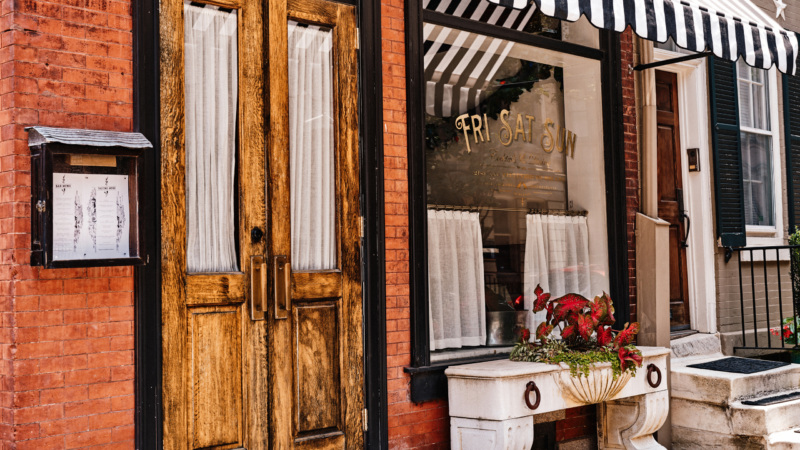
Stephen Satterfield's Corner Table

